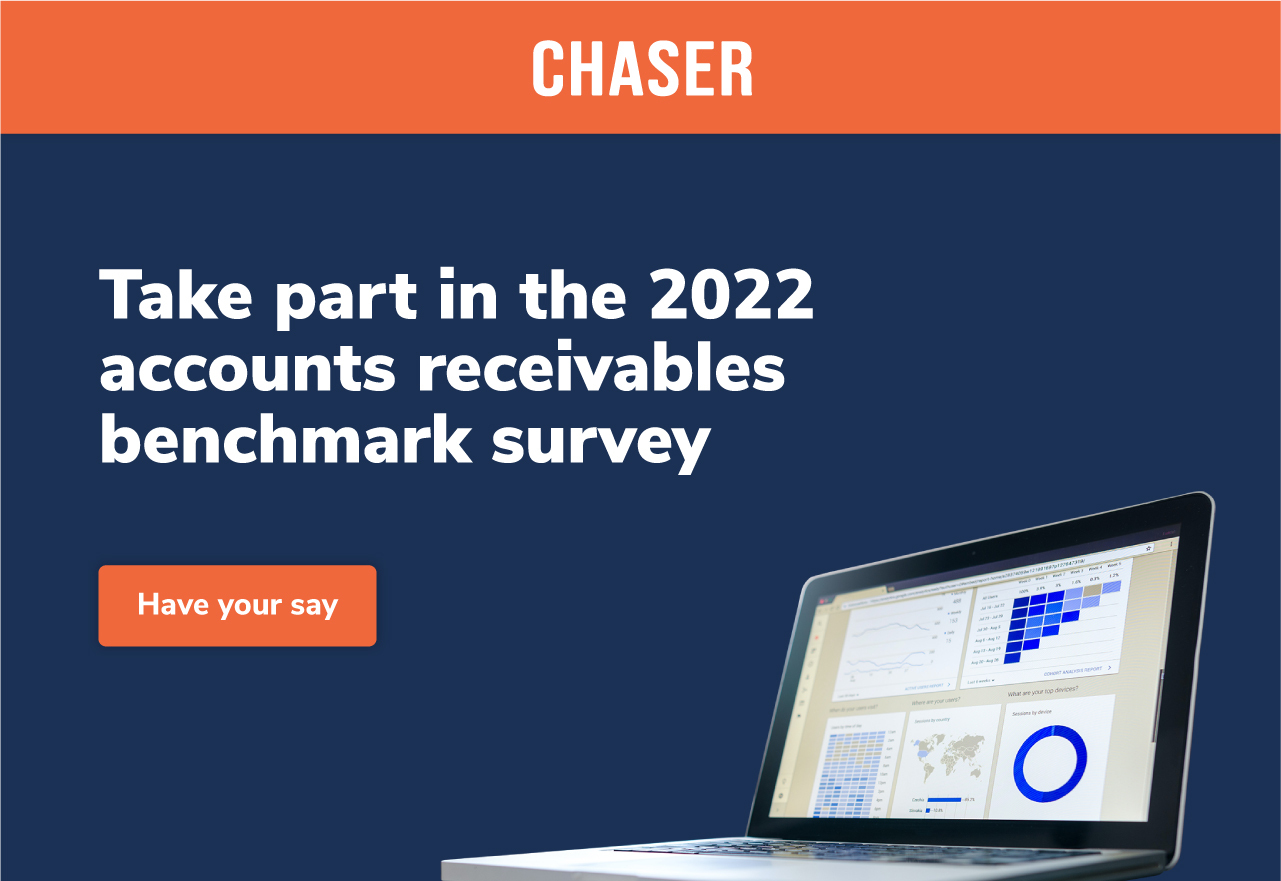Most accountants know that accounting is seasonal and cyclical. At the time of writing, the UK tax year is coming to an end, for example, and one of the quieter periods of the year typically follows.
While grabbing a long-deserved holiday is a great idea, why not use the time to enhance and build your practice moving forward? This might sound complicated but it can be simpler and easier than you think.
When are the quiet times?
While some periods are obviously hectic—such as tax crunch time—other times can be surprisingly busy for what seems like no reason.
So, how can you identify the opportunities to implement your quiet time, good-habit building?
You probably have the data right there if you manage a team that hands you timesheets. This is a treasure-trove of planning resources that, if you have enough of them from a long enough period, can let you visualise the entire cycle of the year.
If you aren’t already using it, thinking about adding in practice management software, too. By ensuring comments are added to client records for all emails and phone calls, you and colleagues again build a trove of useful data that lets you better plot the yearly cycle. For example, you might spot that a certain month leads to a higher than usual number of phone queries about tax returns.

Staff training
So, here’s suggestion #1 for the quiet times.
If you employ people then the quiet times are not just a great opportunity to ensure skills are brought up to date. It’s a good time for a little team building. The two can be combined by asking colleagues to self-review their work in order to find skill deficits. This empowers colleagues, and can also help avoid uncomfortable discussions around poor colleague performance because they can be guided to identify their own weaknesses and create a plan to improve.
Training can be external, or in-house. Again, a good way to enhance team spirit is to ask a colleague who’s particularly skilled if they want to lead the training for the team.
A good area to focus on is automation, because it delivers immediate results in terms of reducing workload for your staff. For example, data entry automation can make all the difference at tax crunch times. Days of data entry from receipts, invoices and statements can be reduced to hours.
Software vendors often provide support and training that has the useful advantage of being both free and often focussed on real-world tasks. Even setting aside a dedicated time and space for the team to watch a free YouTube video on a useful topic can be invaluable, especially if it’s followed by a discussion about the points raised.
Technology audit
Suggestion #2 takes into account that technology today not only moves quickly, but that pricing can also be incredibly variable. Software vendors have been increasing those prices and also switching around subscription packages, meaning it’s vital to discern if you’re still getting the value upon which your business plan is built.
The best way to audit your technology stack is to consider touchpoints throughout the client lifetime. Examples include onboarding, fee collection, KYC and AML requirements, reporting and forecasting, and so on. There’s software that can help with all of these areas.
Grab the low-hanging fruit first, because that’s where you’ve going to realise the most benefit. Introducing easy automation is again a great example. Data entry automation via AutoEntry means supplier statement reconciliation makes those annoying month-end tasks much, much easier, as another example.
And with AutoEntry, you pay only for the data extraction you use. No contract is required, and all users get access to all features from day one. Again, considering the changes in software subscriptions that occurred recently, it can be vital to consider both the software and what you’re actually paying for.

Client communications
Suggestion #3 is about talking to your clients. I would hazard a guess that you don’t contact clients as much as you could, or even as much as they would like. Your only communications are probably to ask for things you need, such as the figures for compliance tasks.
Most businesses break down communications into two camps: operational notifications, and marketing. Your message asking for figures to create a tax return falls into the former, while emails offering additional services fall into the latter.
But here’s the trick to make marketing easier. Combine the two together. When you contact a client to ask for information, add in a few ready-made paragraphs about additional service offerings.
This content is what you can focus upon and create in the quiet periods. You might even build in a calendar booking link, so the client can automatically create an appointment with you. Just keep all of this in a Word document, and then paste it into emails as required.
Plan for world domination
We haven’t mentioned reviewing your business plan in the quiet periods because, of course, you’re already doing this on a weekly and monthly basis… Right? But the quiet period presents an opportunity to not just plan for expansion, but also to think the unthinkable and test what might seem like extraordinary ideas.
For example, maybe you’ve spotted a gap in the market for a particular service offering. Maybe you’ve spotted an industry sector that’s on the rise. Maybe you’ve realised that your practice does a particular thing very well, and that you can build on it.
Create three growth plans. Title the first one “Cautious”. the second “Brave”, and the third “Crazy”. Use whatever software that helps. For example, if you’re inclined to plan financially first and foremost, put it all in an Excel spreadsheet. If you prefer to describe the type of business then create a Word document.
Make everything realistic and pragmatic. Your “Crazy” plan might see you having 10 offices in five years’ time, for example. OK, so how would you advise a client to achieve this? A franchising system, maybe? Seeking private capital? Partnerships and mergers?
But remember to make best use of technology to provide the space to allow growth. AutoEntry takes care of the basic drudge tasks around data entry to provide just such a gap.











.svg)



